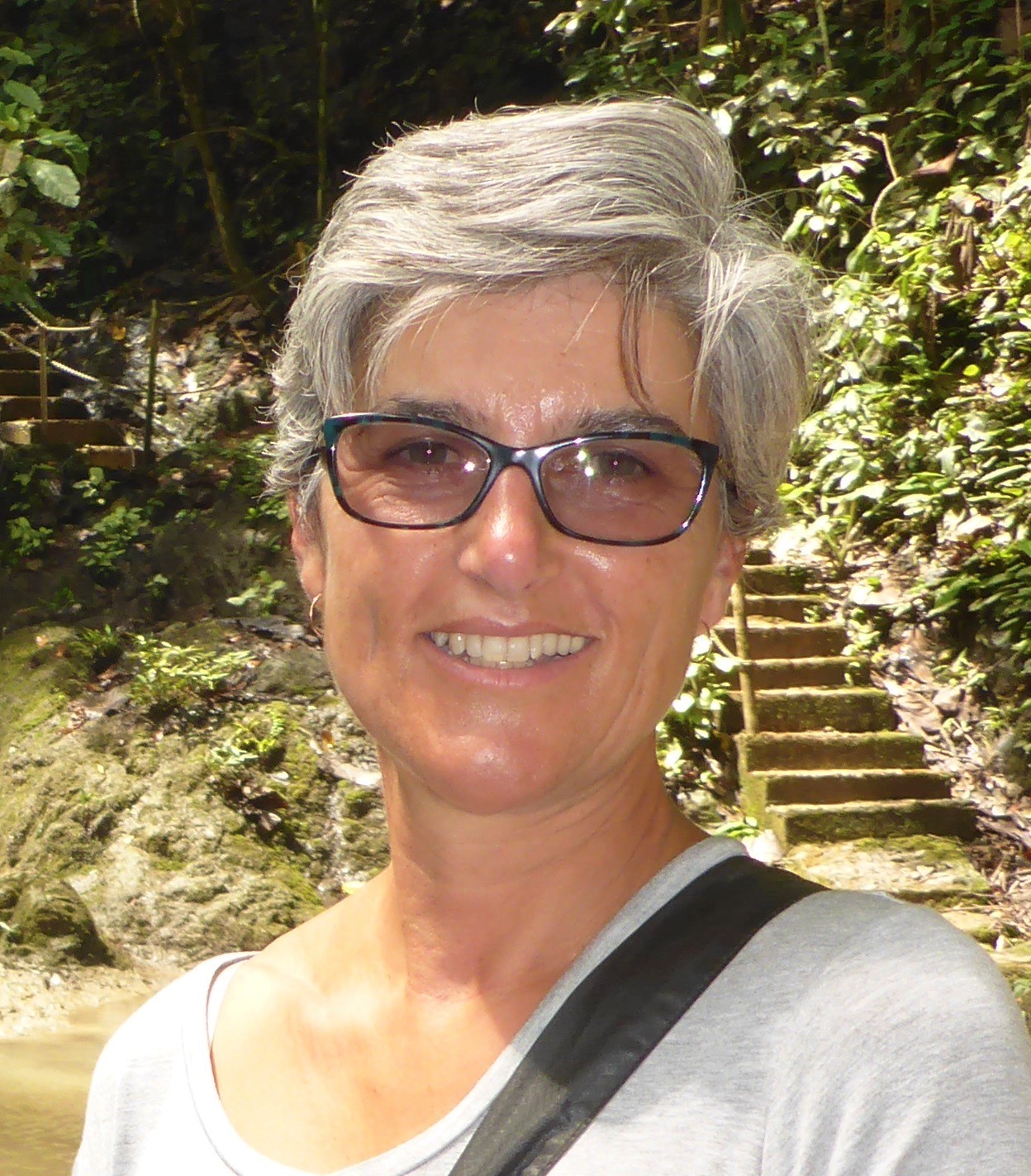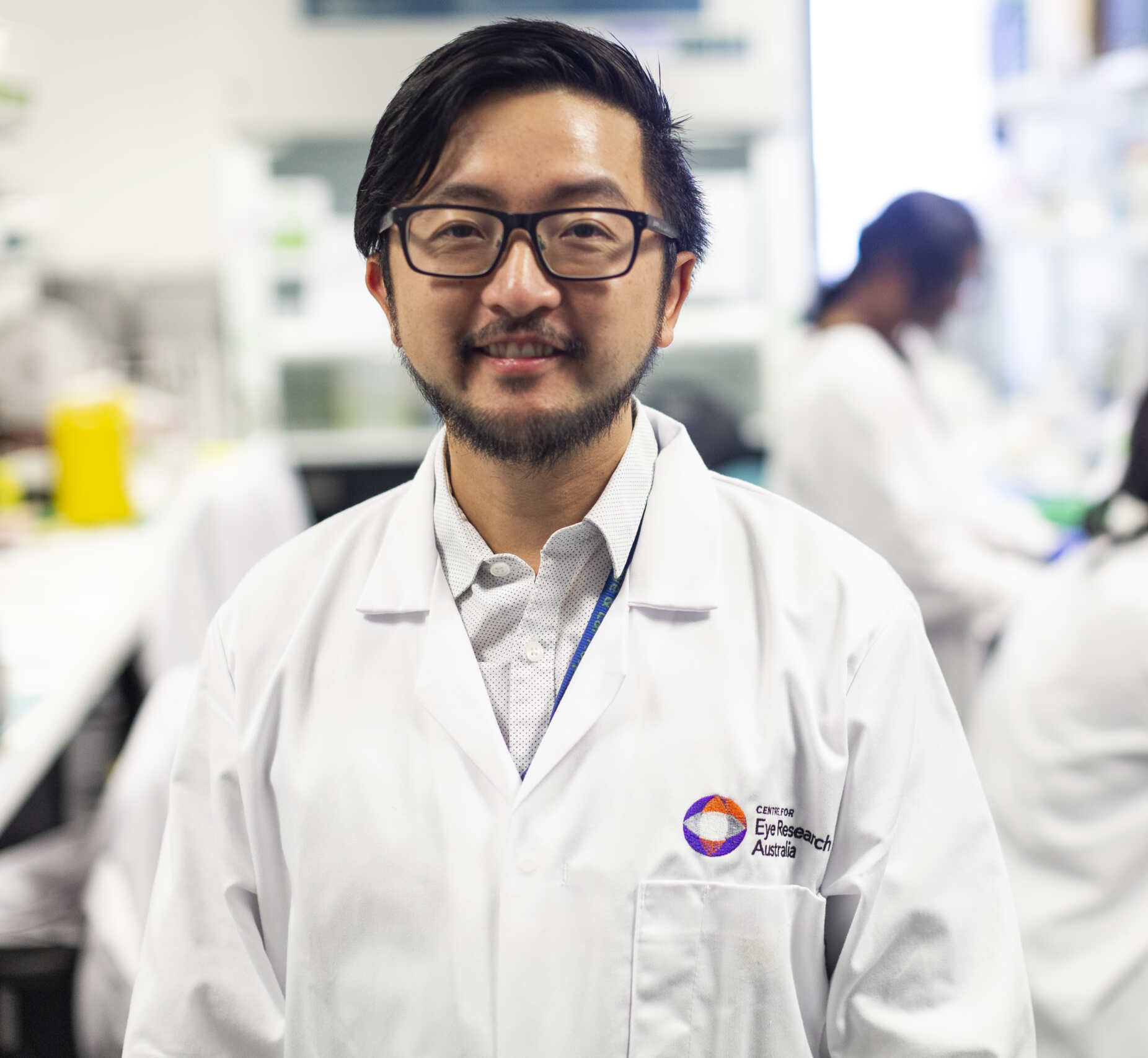19 September, 2023
Hot Off The Press
This “Lipe” gene which has been identified in the USA is associated with lipid metabolism and regulation of immune activity. Mice with a dysfunctional lipe gene develop spots on the retina much the same as we see in macular degeneration and diabetic retinopathy. Further research will hopefully give us an indication of how important this finding is.
It seems that Spain is catching up with us! They are setting up an Inherited Retinal Disease Register similar to our own AIRDR. But just for RP and LCA.
If you have an Inherited Retinal Disease (IRD) and haven’t registered yet for the AIRDR (Australian Inherited Retinal Disease Data Bank and Register), then think about registering. Otherwise, researchers will struggle to find you to ask if you want to participate in upcoming clinical trials.
Preliminary trials suggest that this stem cell patch improves vision in geographic MD. This clinical trial will show us more clearly how effective the stem cell treatment really is, in 24 patients in the USA.
Geographic Atrophy affects the RPE (Retinal Pigment Epithelial) cells and prevents them from doing their job of supporting the photoreceptor or light-detecting cells. If we lose our photoreceptors, we lose vision. If the patch repairs the RPE cells, then hopefully we can regain some vision, and prevent further loss.
It is the first time that ‘electrospinning’ technology, has been used to create a 3D scaffold, which is clearly a more natural situation for RPE cells to grow in than the previous flat sheets. Using this scaffold, the RPE cells were able to grown and differentiate beautifully, for as long as 150 days.
Guest writer – Dr Catherine Civil
My name is Dr Catherine Civil. I have been associated with Retina Australia since the early 2000s. At that time, they were called WARPF, or the WA Retinitis Pigmentosa Foundation. WARPF were raffling a car in a shopping centre, and it caught my eye because my dad and my uncle both had Retinitis Pigmentosa. Being a doctor and a parent, I had a particular interest and awareness, not just of the disease, but of the fact that there was a significant risk that I or my children or my relatives might have inherited it.
I turned up at an AGM and found myself on the Board and engaged in fundraising. I spent several years on the Board and met some wonderful people, and I was even Chairman for a couple of years. When I left, I started writing the “Hot off the Press” research update column for the newsletter.
I arrived from the UK in the early 1990s with my husband and twin baby girls to live in Perth for a year for a bit of sunshine and fun, and we find ourselves still having fun in WA 30 years later, and with a grown son as well.




